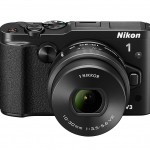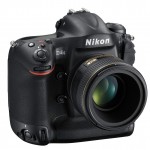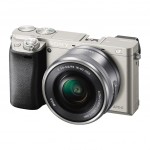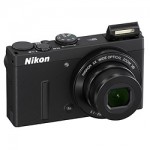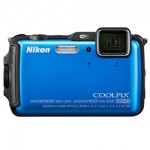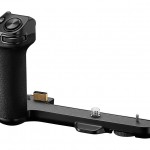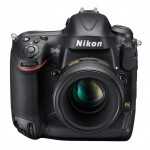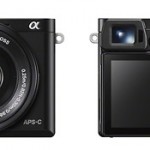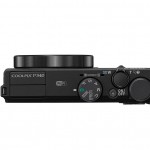I have a Canon 20D. The maximum area resolution that the camera can produce in an image is 3504 x 2236 (approximately 8.2 million pixels) in either Large Fine JPG or in RAW.
I also have an Epson Stylus R1800. Epson recommends an image resolution of 200 - 300 dpi in its "Complete Guide to Digital Printing". According to its "Guide", one can determine the maximum print size possible from a digital image without any computer interpolation created by selecting the "Resample Image" box in their print driver if the area resolution of an image is known. For example, 200 dpi multiplied by each side of an 11" x 17' print would require an area resolution of 2200 x 3400 (determined by multiplying each side of the 11" x 17" print by the number of dots per inch - in this case, by 200).
The "Magic Lantern Guide" for the 20D claims that with the 20D, one can make great prints at 16" x 20" and more, but "only when the image is shot at 8.2 megapixels."
Even the user's guide for the 20D states that one can make A3 prints (which are approximately 11" x 17") or larger when the image is produced in either Large Fine JPG or in RAW.
I'm having a little trouble with the math. If I follow Epson's rule of thumb (and I assume that they know what they're talking about) and use an image resolution no smaller than 200 dpi, and I try to make a 13" x 19" print (which the Stylus R1800 is capable of printing), wouldn't I need an area resolution of 2600 x 3800 (200 x 13 and 200 x 19)? Since this is in excess of the area resolution of an image that the 20D can create (3504 x 2236), how can I make this print without asking the computer to do some image interpolation? If I do the math on the 16" x 20" image (if I had a printer that could print that sheet size), it's even worse: 3200 x 4000.
One thing that I haven't considered, nor have I even played with at all, is the RAW setting on the 20D. While the 20D's user's guide indicates that the number of pixels for a Large Fine JPG is the same as that of a RAW file (3504 x 2236, or approximately 8.2 million), the user's guide also indicates that the image file size (apparently different than the number of pixels) for a Large Fine JPG is approximately 3.6 MB, but is approximately 8.7 MB for a RAW file - quite a bit larger.
So, how does one print at 13" x 19" with an image taken from the 20D?
Can I only make the 13" x 19" print or large if the image was captured in the RAW format?
Does one have to print with an image resolution smaller than 200 dpi (meaning that the rule of thumb in Epson's "Complete Guide to Digital Printing" can be stretched and still get great results)? The size claim that the Magic Lantern Guide makes ("...great prints at 16" x 20" and more), or even that of the 20D's user's guide ("A3 prints or larger"), seem to be so in excess of the print size when considering only the area resolution that the camera is capable of and the image resolution that Epson recommends that there must be something that I'm missing.
Can anybody help me?
Thanks a lot (and sorry for all of the details).




 LinkBack URL
LinkBack URL About LinkBacks
About LinkBacks



 Reply With Quote
Reply With Quote
